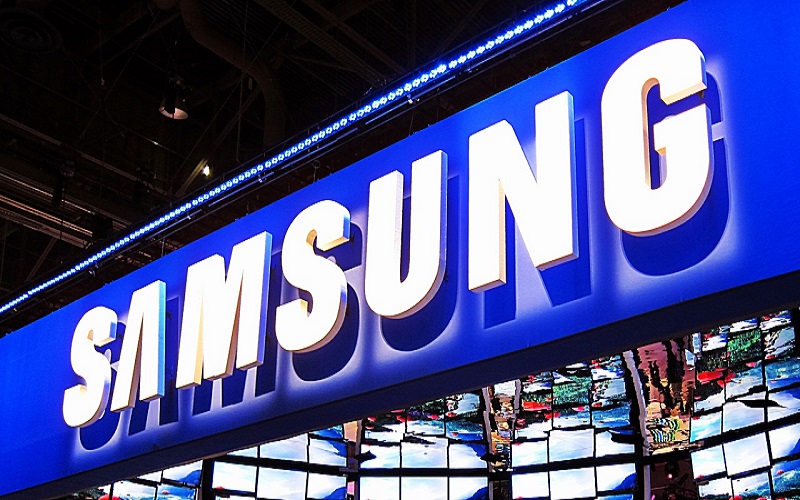
The latest report from Gartner an analytics firm reveal smartphone sales are still on a slump. The firm stated a total of 368 million units were sold over the April-June quarter. Although the number is still huge, Gartner indicates it represents a 1.7% decline as compared to a similar period last year.
Samsung still maintains the top spot followed closely by Huawei who previously had ambitions to take over the mantle before the year ends. For Q2, Samsung made the most sales totaling to 20.4%, followed by Huawei with 15.8% and Apple with 10.5%.
Samsung, for the first time in six quarters, has recorded a growth in its smartphone sales. The South Korean tech company has upped their game to tackle the growing Chinese companies that have channeled their focus to the mid-range and low-midrange categories where the majority of users reside.
“Demand for high-end smartphones has slowed at a greater rate than demand for midrange and low-end smartphones.” Stated Anshul Gupta from Gartner.
Apple experienced the highest decline in Q2 recording a sales drop from 44.7 million in a similar period last year to just 38.5 million. On the other hand, Huawei recorded the highest increase in sales from 49.8 million in Q2 2018 to 58.1 million units in Q2 19.
Chinese smartphone makers Xiaomi and Oppo claimed the fourth and fifth spot respectively with 9.0% and 7.6% of the total sales in a similar period. Which makes the Chinese companies accrue an overall market share of 32.4% in sales – an alarm to other smartphone vendors.
Competition
If it were not for the Chinese smartphone manufacturers expanding out of China, we would still be having less powerful low and mid-range devices. Thanks to Xiaomi and Huawei especially, now that is not the case.
HMD is worth mentioning too, even though the company is not based in China. Nokia has been pushing guaranteed updates, and this has now become a mandatory feature to look up for in any smartphone purchase regardless of the price range.
Huawei and Xiaomi have been pushing out better devices for less, which makes traditional behemoths like Samsung reconsider their offerings.
In the fast pace low to mid-range category, Samsung has been adapting fast. Samsung launched its revamped Galaxy A-series to counter the rising popular Chinese smartphone brands. Oppo also build its Realme sub-brand to concentrate on this category.
Apple also responded – launching three different devices at the same time, but the pricing “maybe” partially a root to their problems. At the same time, the demand for top-tier smartphone category is slumping down – the central market category, which defines Apple’s iPhones.
Just like what Xiaomi is doing, many smartphone companies, including Huawei, Honor, and OnePlus are also venturing into alternative sources of revenue to cushion them against stalling smartphone sales.
Apple, on the other side, has planned to launch multiple services including Apple TV Plus – a Netflix competitor, Apple News Plus and Apple Arcade a video game subscription service, all set to be charged monthly.
Follow us on Telegram, Twitter, Facebook, or subscribe to our weekly newsletter to ensure you don’t miss out on any future updates.


